To Ireland, With Love
"Hill of Tara
Cnoc na Teamhrach
Stone of Destiny, Hill of Tara.png
The Lia Fáil (Stone of Destiny) atop the Hill of Tara, County Meath
Highest point
Elevation 155 m (509 ft)
Prominence 84 m (276 ft)
Hill of Tara Cnoc na Teamhrach is located in island of Ireland Hill of Tara Cnoc na TeamhrachHill of Tara
Cnoc na Teamhrach
Location in Ireland
Location County Meath, Ireland
The Hill of Tara (Irish: Cnoc na Teamhrach, Teamhair or Teamhair na Rí), located near the River Boyne, is an archaeological complex that runs between Navan and Dunshaughlin in County Meath, Ireland. It contains a number of ancient monuments and, according to tradition, was the seat of the High King of Ireland.
Kate was very excited to see the Hill of Tara. Again, I had no idea what it was, but was happy to be along for the ride. She explained that it was where the High Kings of Ireland met and were chosen, so that immediately piqued my interest. It had been raining and snowing in recent days, so as you might imagine, giant hills and mounds of ground were not the easiest or cleanest to travel through. Some of the gals opted to sit aside, but Kate and we guys all slogged through the muck to stand atop the Hill of Tara.
There was also an old Church there and graveyard. I got a lot of pictures because I have a thing for graveyards, but also because it was the perfect gothic creepy atmosphere. Hordes of crows nested overhead and their chorus overtook most of the wind noise and our talking while in the area. Some of the stones were old, some new. Some had flowers, some had shot
galacticcelt
19 chapters
16 Apr 2020
The Hill of Tara
County Meath, Ireland
"Hill of Tara
Cnoc na Teamhrach
Stone of Destiny, Hill of Tara.png
The Lia Fáil (Stone of Destiny) atop the Hill of Tara, County Meath
Highest point
Elevation 155 m (509 ft)
Prominence 84 m (276 ft)
Hill of Tara Cnoc na Teamhrach is located in island of Ireland Hill of Tara Cnoc na TeamhrachHill of Tara
Cnoc na Teamhrach
Location in Ireland
Location County Meath, Ireland
The Hill of Tara (Irish: Cnoc na Teamhrach, Teamhair or Teamhair na Rí), located near the River Boyne, is an archaeological complex that runs between Navan and Dunshaughlin in County Meath, Ireland. It contains a number of ancient monuments and, according to tradition, was the seat of the High King of Ireland.
Kate was very excited to see the Hill of Tara. Again, I had no idea what it was, but was happy to be along for the ride. She explained that it was where the High Kings of Ireland met and were chosen, so that immediately piqued my interest. It had been raining and snowing in recent days, so as you might imagine, giant hills and mounds of ground were not the easiest or cleanest to travel through. Some of the gals opted to sit aside, but Kate and we guys all slogged through the muck to stand atop the Hill of Tara.
There was also an old Church there and graveyard. I got a lot of pictures because I have a thing for graveyards, but also because it was the perfect gothic creepy atmosphere. Hordes of crows nested overhead and their chorus overtook most of the wind noise and our talking while in the area. Some of the stones were old, some new. Some had flowers, some had shot

glasses. St Patrick oversaw it all and it was a powerful place to behold.
We visited with a couple of the groundskeepers, both older men, who were very pleasant and gave us the rundown. We were unsure if the place was even open, but they pointed out where everything was and let us wander. I later found one of them telling another group about a particular gravestone in the cemetery.
We hit "Cormac's House" and saw the Mound of the Hostages, as well as the old stones that were placed in various parts of the mound.
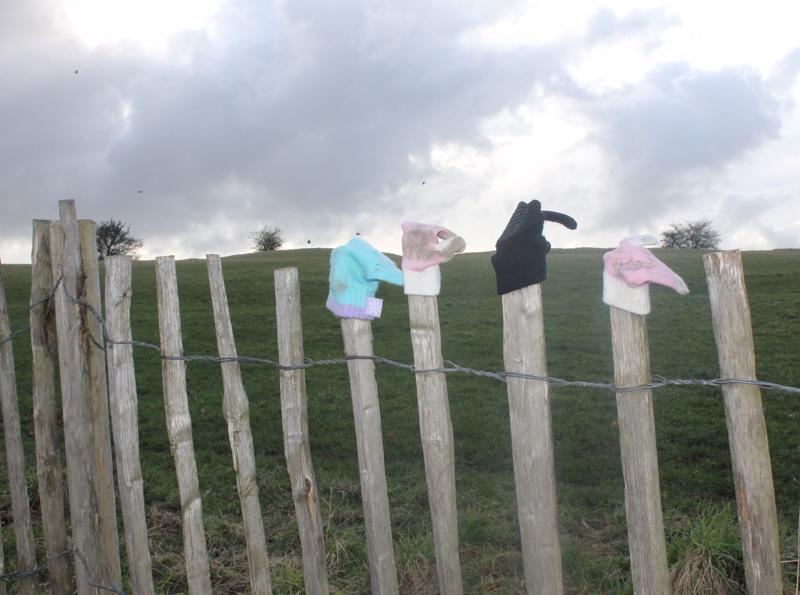

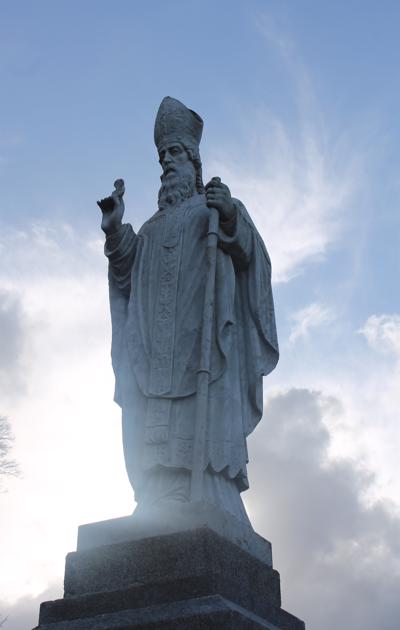
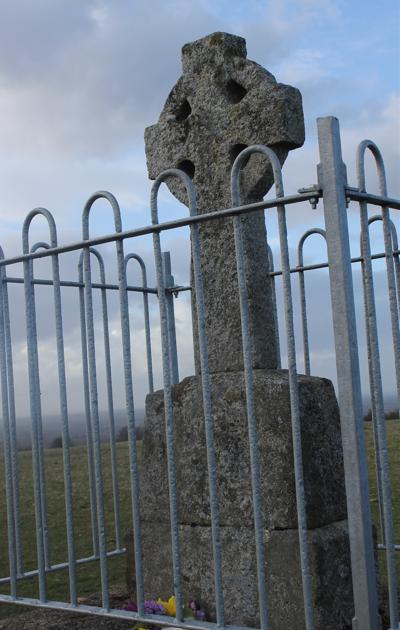
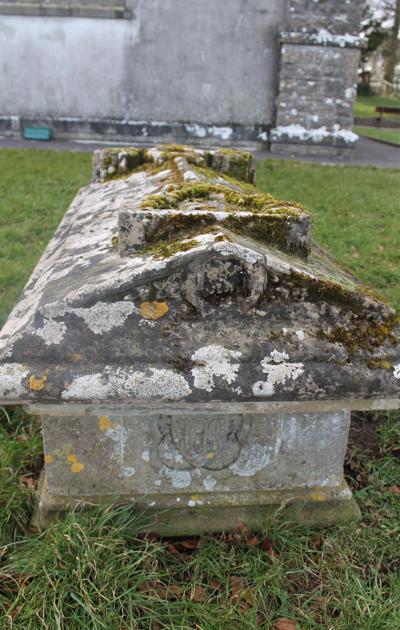

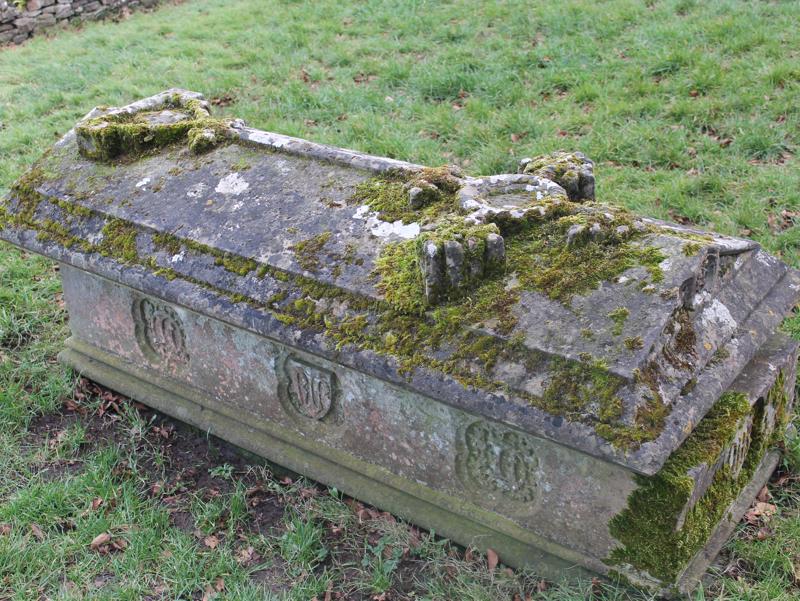


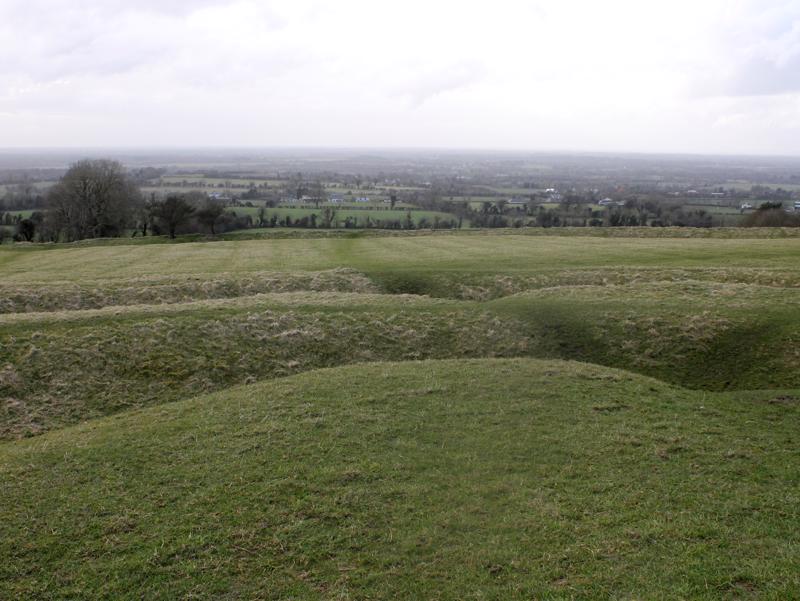
"Previous scholarly disputes over Tara's initial importance increased when 20th-century archaeologists identified pre-Iron Age monuments and human-built habitable forms from the Neolithic period (roughly 5,000 years ago). One of these forms, the Mound of the Hostages, has a short passage aligned with sunrise on the solar cross-quarter days coinciding with ancient annual festivals celebrated on the midpoints between vernal and autumnal equinox ("Imbolc" honoring preparations for planting time or 'pre-spring' on about 4 February) and summer and winter solstice ("Samhain" honoring harvest time or 'first of winter' on about 8 November). The mound's passage is shorter than the long entryways of monuments like Newgrange, which makes it less precise in providing alignments with the Sun. Martin Brennan, in The Stones of Time, states that the daily changes in the position of a 13-foot (4-m) long sunbeam are more than adequate to determine specific dates.
A theory that may predate the Hill of Tara's splendor before Milesian times is the legendary story naming the Hill of Tara as the capital of the Tuatha Dé Danann, the pre-Milesians dwellers of Ireland. When the Milesians established a seat in the hill, the hill became the place from which the kings of Mide ruled Ireland. There is much debate among historians as to how far the King's influence spread; it may have been as little as the middle of Ireland, or may have been all the northern half. The high kingship of the whole island was only established to an effective degree by Máel Sechnaill mac Máele Ruanaid (Malachy I). Irish pseudohistorians of the Middle Ages made it stretch back into prehistoric times. Atop the hill stands a stone pillar that was the Irish Lia Fáil (Stone of Destiny) on which the High Kings of Ireland were crowned; legends suggest that the stone was required to roar three times if the chosen one was a true king (compare with the Scottish Lia Fail). Both the Hill of Tara as a hill and as a capital seems to have political and religious influence, which diminished since St. Patrick's time."
The view atop the Hill of Tara was stunning in all directions. If
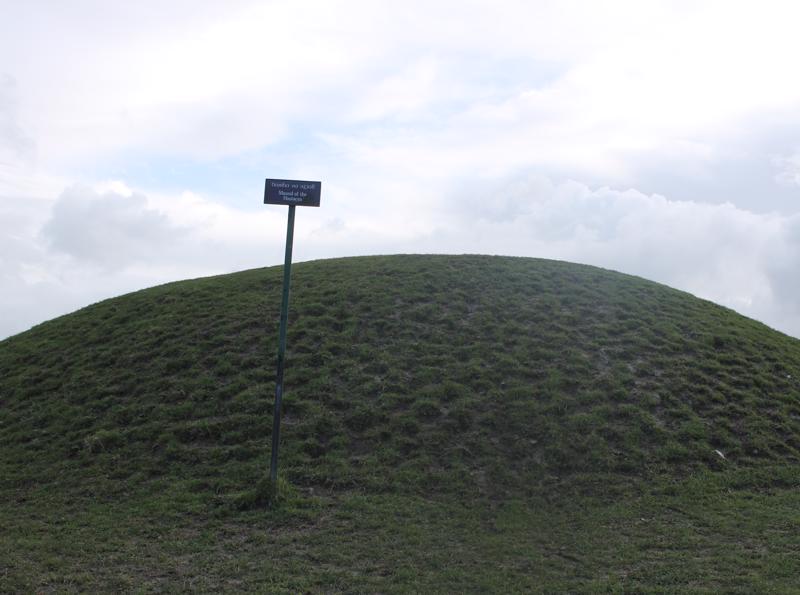
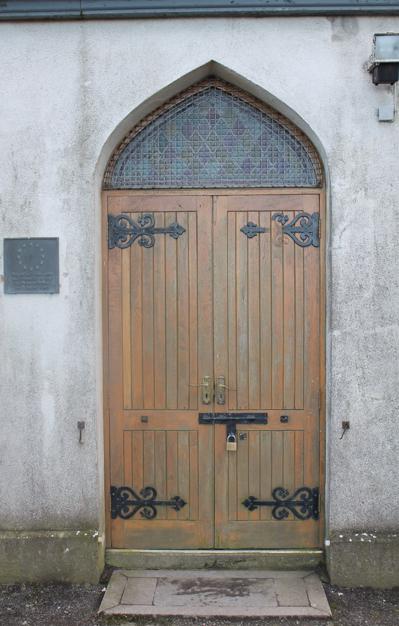
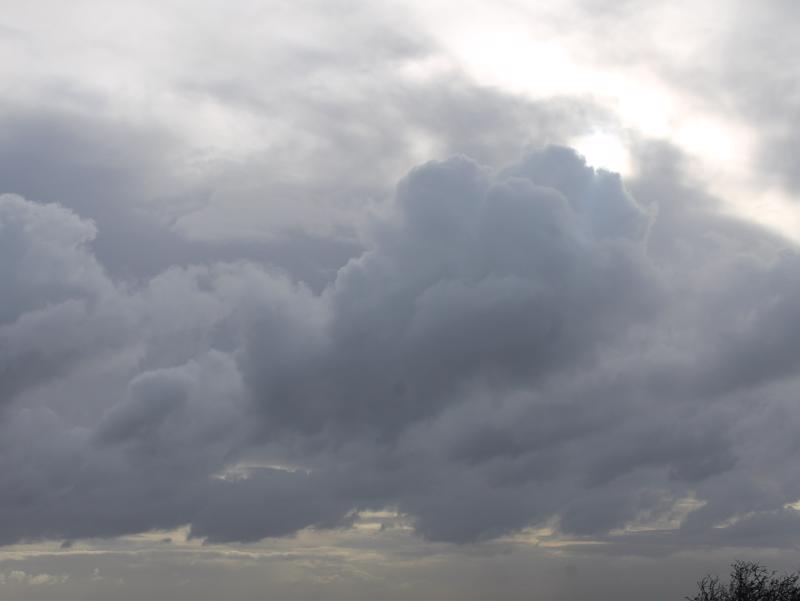
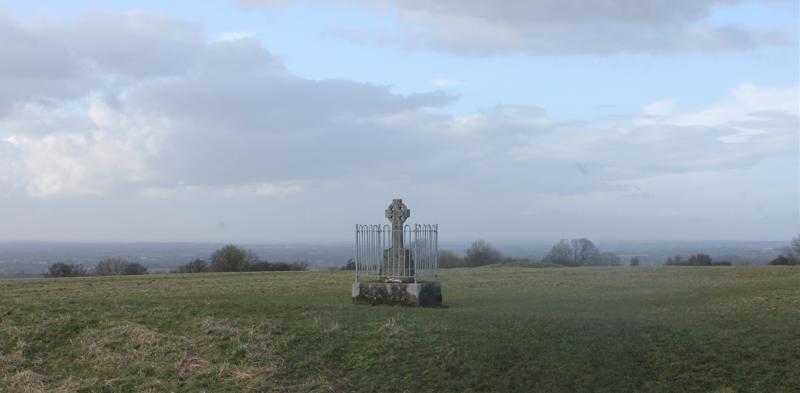
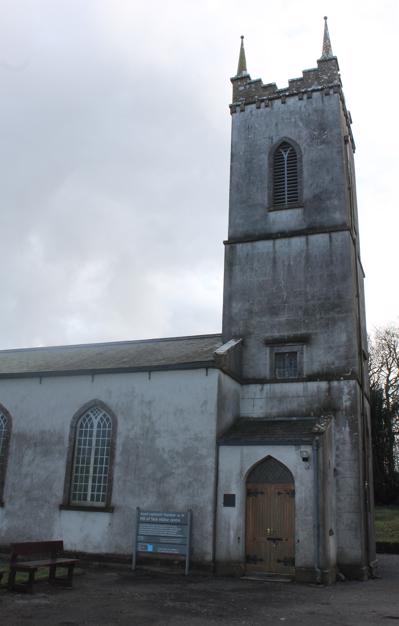

this was truly the seat of the High Kings of old, there is good reason why.
Although the stone never screamed at me to proclaim me the King of Ireland, I take heart in that it may have, but was just overwhelmed by the sound of the hundreds of crows that guarded the church and cemetery.

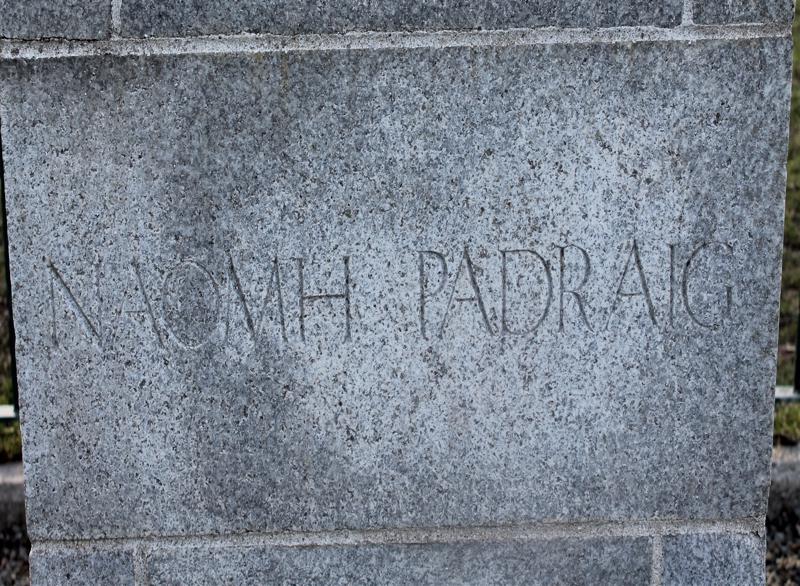

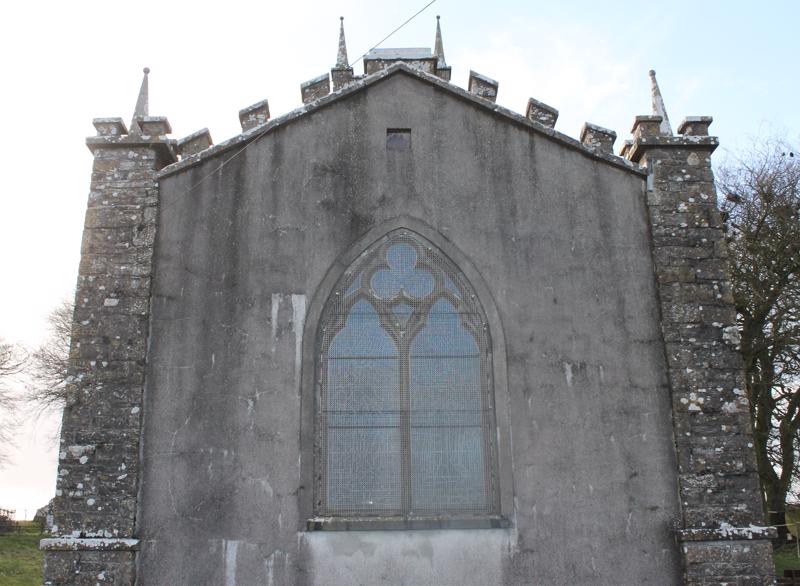
1.
The Surprise
2.
Kansas City to Philly to Dublin
3.
Trip to Newgrange
4.
Irish Side Note - Cars
5.
The Hill of Tara
6.
Finnstown, Lord Lucan and Richie
7.
David Archer
8.
St. Patrick's Day, part 2 - The Pat Strikes Back!
9.
March 18 - Cliffs of Moher and More!
10.
Gap of Dunloe
11.
Getting Lost in Cork
12.
Waterford Day 2
13.
Medieval Museum
14.
The Streets of Waterford
15.
Kilkenny Castle
16.
Clontarf Castle
17.
Dublin at Night
18.
Last Day in Heaven
19.
Slán go fóill
Share your travel adventures like this!
Create your own travel blog in one step
Share with friends and family to follow your journey
Easy set up, no technical knowledge needed and unlimited storage!
© 2025 Travel Diaries. All rights reserved.